An innovative and cheap method to produce bi- and trimodal Au–Ag and a hierarchical nanoporous Ni–Mn with excellent electrochemical properties is developed.
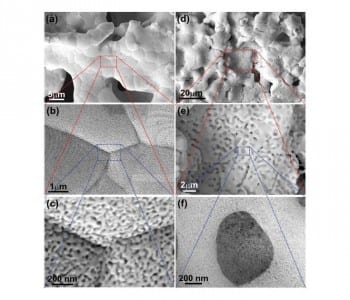

An innovative and cheap method to produce bi- and trimodal Au–Ag and a hierarchical nanoporous Ni–Mn with excellent electrochemical properties is developed.

How the German electrical power grid withstood the the 2015 solar eclipse despite the disruption of energy production from solar power.

Yang et al. present a new method to tune the HOMO level of a TT-based polymer for higher efficiency polymer solar cells.
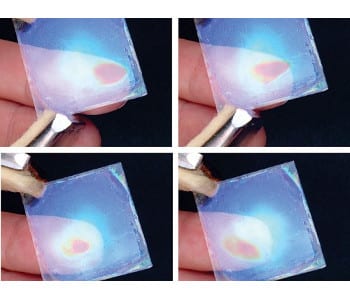
A new sensor technology could enable touchless displays that respond to moisture emitted by the human body.
Inspired by the mammalian eye, University of Wisconsin-Madison electrical engineers have created the fastest, most responsive, flexible silicon phototransistor ever made.

Researchers in China make a stretchable graphene-based motion sensor that can monitor all types of human activities with ultrahigh sensitivity.

Indoor and outdoor stability measurements are used to compare the lifetime of fully roll-to-roll organic solar cell modules.
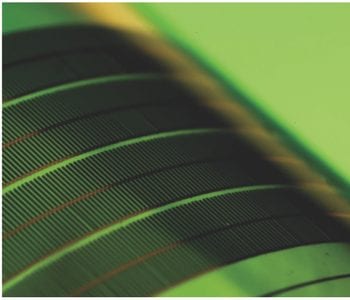
The month’s top articles from the field of nanooptics, optoelectronics, optical devices, detectors & sensors, micro/nano resonators and more.
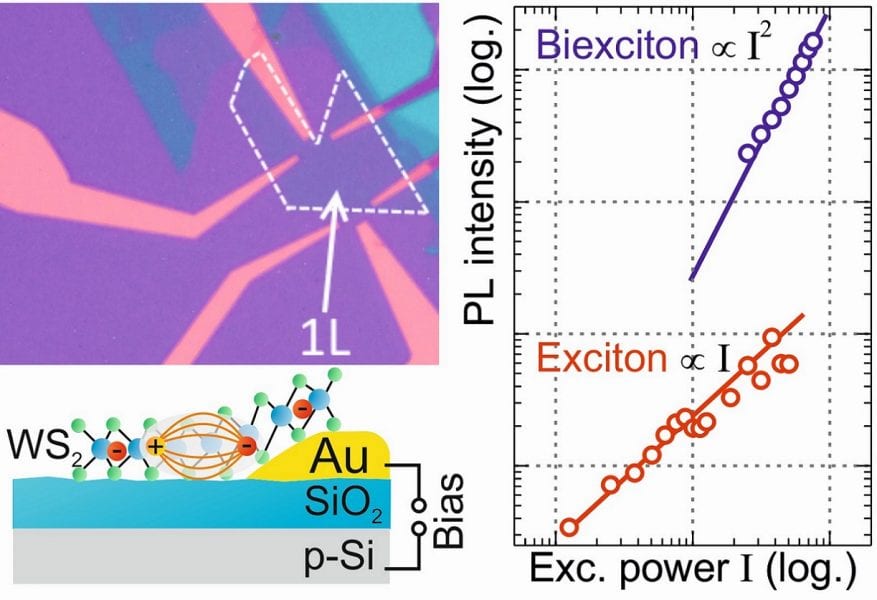
A group of scientists at the University of Regensburg have studied the photoluminescence of gated monolayer WS2 flakes and identified the biexciton emission
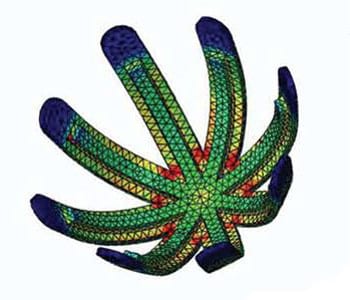
A team of researchers at Stanford University has developed shape-controlled, self-wrapping electronics based on carbon nanotubes.